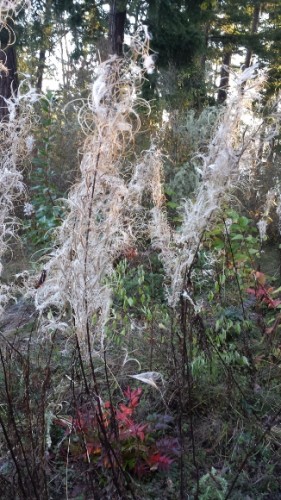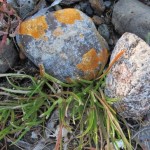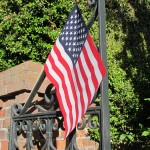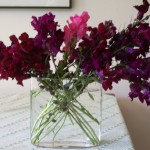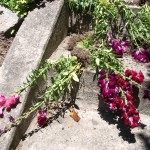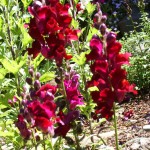
By Barbara Falconer Newhall
I took photos, lots of them, and, sure enough, when I pulled the captured images up on my monitor back home, I still couldn’t tell what color they were. Their hue had changed day by day and minute by minute during my visit to their home in the

woods, and they were doing the same on my computer screen. I Googled myself over to Wikipedia to see where the colors fit on the color wheel. But no sooner had I spotted some promising color charts — including Goethe’s eighteenth-century color wheel — than I realized it was time to meet an old friend for lunch.
Westerners Like to Name Things
As I dug into my feta and spinach phyllo over at La Mediterranee in Berkeley, my friend, a Buddhist, turned the conversation to the Western mind’s tendency to judge, make distinctions, and assign things to categories, including colors. Our brains get so busy putting things in their place—naming them—she said, we forget to . . .
Forget to what? I can’t remember. What was it my friend wanted me to know? Something about being open to what’s real, to what’s right in front of you, except she said it way better than that.
My lunchmate was making a lot of sense. But as I moved my fork from the piquant feta and spinach on my plate to the cinnamony chicken cilicia, my thoughts strayed to
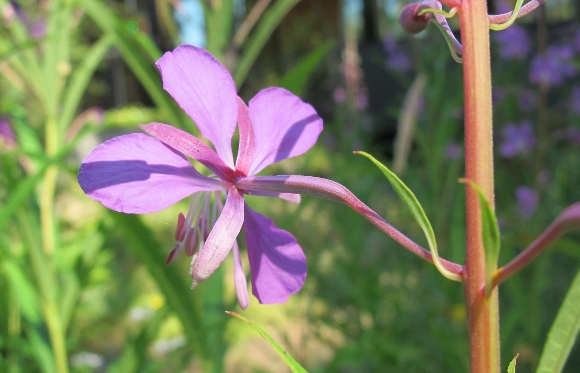
my plans for the afternoon. As soon as I got home, I promised myself, I’d reboot my computer, look at my wildflowers, and get the exact names of their hues from the experts.
Naming things has a long and venerable history in Western culture. God himself invited Adam to name the birds of the sky as well as all the animals, wild and domestic.
Human-Style Words for God-Given Wildflowers
Lunch over, back home, I set my inner Westerner free. A few clicks of the mouse, and there they were, an array of stunning colors to choose from: cornflower blue, heliotrope, violet, mauve, magenta pink, crimson, lavender — words as evocative as their subjects.
I’m pretty sure that my Buddhist friend, Westerner born and bred that she is, would like them as much as I do.
© 2016 Barbara Falconer Newhall. All rights reserved.
More Pacific Northwest flora at “San Juan Islands Flora: Or, I Cling, Therefore I Am.” Feeling political? Here are some quotes from the Pope and the Donald.


